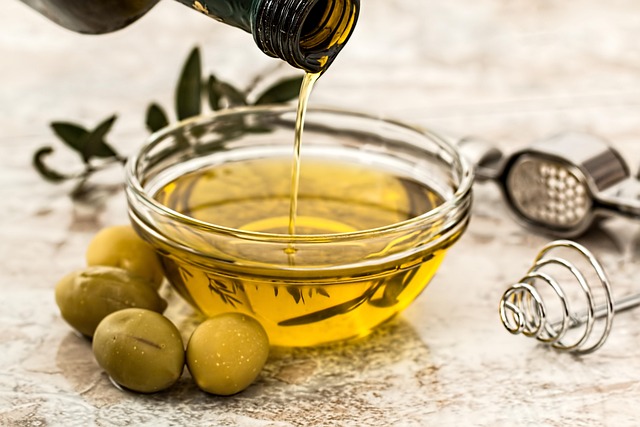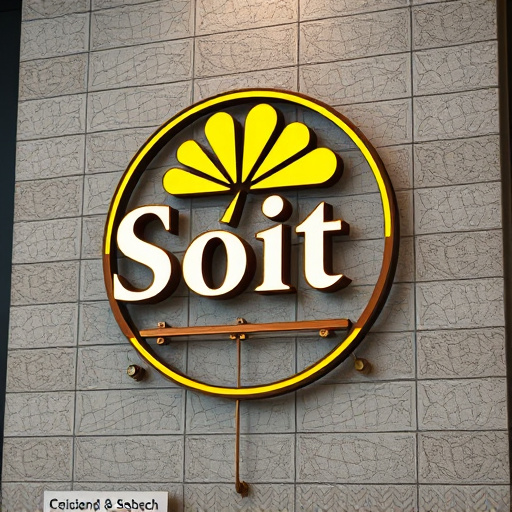Quality workmanship is a powerful differentiator in any industry, offering enhanced durability, aesthetics, and functionality for products like ceramic window tinting or car wraps. Customers increasingly demand top-tier quality due to its long-lasting benefits and reduced maintenance. Businesses that prioritize quality craftsmanship through leadership commitment, clear communication, regular training, feedback sessions, recognition, open dialogue, precise metrics, adherence to standards, and protective coatings gain a competitive edge, build trust, foster brand loyalty, and drive positive word-of-mouth recommendations.
In today’s competitive market, quality workmanship is more than just a moral imperative; it’s a powerful business advantage. This article delves into the profound impact of exceptional craftsmanship on customer satisfaction, brand reputation, and long-term success. We explore practical strategies to foster a culture of excellence, methods for consistently measuring and maintaining high standards, and the key role of quality workmanship in standing out from the crowd.
- Understanding the Impact of Quality Workmanship
- Strategies to Cultivate an Environment for Excellence
- Measuring and Maintaining High Standards in Practice
Understanding the Impact of Quality Workmanship

Quality workmanship is more than just a desirable trait; it’s a powerful competitive advantage that sets businesses apart in any industry. When applied to products or services, such as ceramic window tinting, car customization, or custom vehicle wraps, it translates into enhanced durability, aesthetics, and functionality. Customers increasingly demand top-tier quality, understanding that superior workmanship means longer-lasting results and fewer maintenance headaches down the line.
In a competitive market, where choices are abundant, exceptional quality workmanship can be the deciding factor for consumers. It builds trust, fosters brand loyalty, and drives word-of-mouth recommendations. By investing in quality, businesses signal their commitment to customer satisfaction and their willingness to go the extra mile, setting themselves apart from competitors who may offer similar products or services at a lower price point but with inferior workmanship.
Strategies to Cultivate an Environment for Excellence

Cultivating an environment that champions quality workmanship starts with leadership commitment and clear communication. Top management must prioritize excellence by setting high standards and providing resources to support them. This includes regularly training employees on best practices, ensuring they have access to top-of-the-line tools and materials (like protective coatings or vinyl wraps for custom vehicle wraps), and fostering a culture where learning from mistakes is as important as avoiding them.
Regular feedback sessions, both one-on-one and team-wide, are crucial in this process. Recognizing and rewarding high-quality outputs not only motivates employees but also reinforces the importance of meticulous craftsmanship. Additionally, encouraging open dialogue allows for innovative problem-solving and continuous improvement, ensuring that quality workmanship remains a competitive advantage in any industry.
Measuring and Maintaining High Standards in Practice

Measuring and maintaining high standards in the realm of quality workmanship is paramount for any business aiming to gain a competitive edge. This involves establishing clear metrics to assess each stage of production or service delivery, ensuring every detail aligns with predefined excellence criteria. For instance, in the case of automotive protection, professional PPF (Paint Protection Film) installation should not only be precise but also adhere to specific standards set by both the manufacturer and the installer. These standards include minimal application gaps, perfect alignment, and a finish that matches the vehicle’s original paint job perfectly.
Regular training and quality control checks are instrumental in upholding these high standards. Workshops and refresher courses keep employees updated on best practices, new techniques, and industry trends. Additionally, implementing protective coatings as part of the finishing process can enhance durability and provide an extra layer of scratch protection, further solidifying the commitment to quality workmanship. By consistently measuring against these benchmarks, businesses can ensure their products or services not only meet but exceed customer expectations, fostering loyalty and driving growth.
Quality workmanship isn’t just a desirable trait; it’s a powerful competitive advantage. By fostering a culture of excellence, implementing measurable standards, and continually refining practices, businesses can elevate their offerings and gain a significant edge in the market. Investing in quality is an investment in long-term success, ensuring customer satisfaction and loyalty that sets companies apart in today’s competitive landscape.














